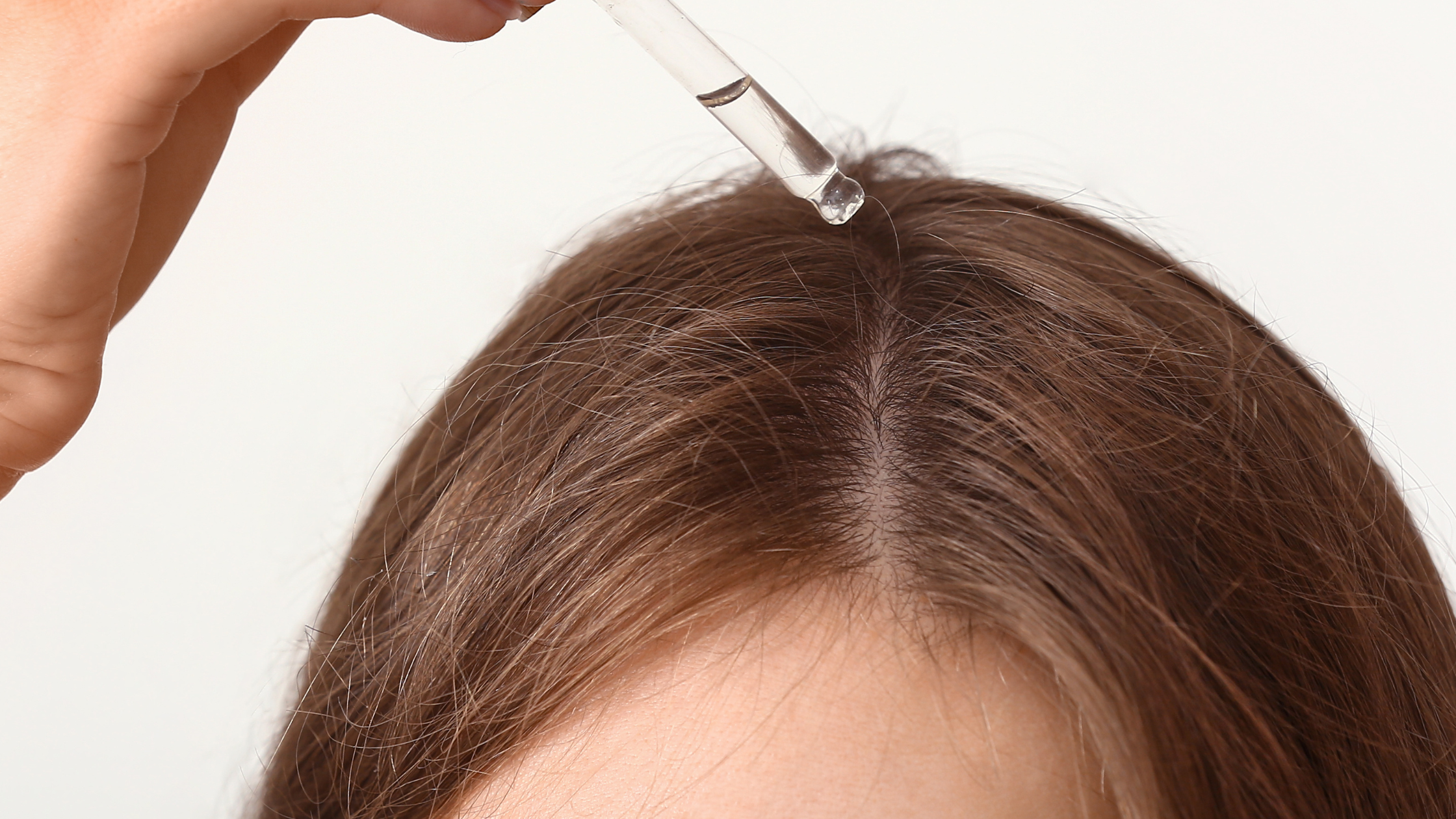What is Minoxidil for Hair Loss?

Hair loss is an extremely common but distressing experience that impacts men and women alike. There are many different causes of hair loss, from hormonal imbalances to genetics or even trauma and physical damage caused to the hair root. However, treatments are available to prevent, halt, and reverse hair loss. One popular treatment is minoxidil, sometimes sold under the brand name Rogaine. In this article, we’ll review the science behind minoxidil, exploring its uses, mechanisms, application, and potential side effects.
What is Minoxidil?
Minoxidil, initially developed as an oral medication for high blood pressure, unexpectedly revealed a side effect — hair growth. This discovery led to its repositioning as a topical solution for treating hair loss. Today, minoxidil is widely recognized for its role in promoting hair regrowth.
Does Minoxidil Help with Hair Disorders?
When minoxidil was first used for high blood pressure, many patients reported an unusual side effect: hypertrichosis, or excess hair growth. Researchers realized that when applied topically, minoxidil could treat hair loss instead.
While minoxidil is only effective on certain hair disorders, these include many of the most common causes of hair loss. For example, conditions like alopecia areata have seen positive responses to minoxidil treatment. It is also the leading treatment of androgenetic alopecia, also known as male pattern baldness or female pattern hair loss. However, the effectiveness of minoxidil varies from person to person.
How Does Minoxidil Work?
Despite widespread use of minoxidil to treat hair loss dating back to the 1970s, scientists still don’t know the exact mechanism behind why minoxidil works. It is believed to increase blood flow to hair follicles, thereby stimulating the growth phase of hair and prolonging its duration. Additionally, minoxidil may enlarge hair follicles, contributing to thicker strands over time.
What is known is that an enzyme found in hair follicles, sulfotransferase, plays a key role in helping the body to metabolize minoxidil. Patients with higher levels of enzyme activity have a better response to minoxidil. While sulfotransferase levels vary from person to person, researchers have found that aspirin can suppress this enzyme. That means people who take even low-dose aspirin regularly may see reduced performance from minoxidil.
How is Minoxidil Applied for Hair Loss?
Minoxidil is available in both capsule form and as a topical solution or foam. For hair loss, minoxidil is usually applied topically to the scalp. Consistent application, following the exact dosage instructions, is extremely important for minoxidil to work properly and without unintended side effects. It's essential to stop use if you experience any adverse interaction and consult a healthcare professional if there are any uncertainties.
Does Minoxidil Have Any Side Effects?
Like any medication, minoxidil is not without potential side effects. Common side effects include scalp irritation and dryness. In rare cases, users may experience unwanted hair growth in unintended areas.
The most serious side effect of minoxidil comes from its vasodilation properties. Improperly using minoxidil, especially using more than has been prescribed, can affect the blood vessels and heart, lowering blood pressure and causing other unwanted side effects. If users experience dizziness, blurred vision, chest pain, fainting, or irregular heartbeat, they should stop use and seek medical advice immediately.
Who Can Use Minoxidil?
While minoxidil is generally well-tolerated, it may not be suitable for everyone. Minoxidil use among children has not been studied and its safety and effectiveness are not known. People who are pregnant or breastfeeding are advised not to use minoxidil by the FDA. The effectiveness of minoxidil hasn’t been studied in people over 65. However, it is most effective on individuals under 40 whose hair loss is recent.
Individuals with cardiovascular conditions like heart disease or blood pressure imbalances should consult a physician before taking minoxidil, as it may create unwanted interactions.
Finally, all patients should avoid using minoxidil on broken, irritated, or damaged skin, as it may cause too much of the drug to be absorbed.
Final Thoughts
Minoxidil is a widely accepted and accessible option for many individuals seeking to combat hair loss. Its versatility in addressing various hair disorders and relatively straightforward application process make it a popular choice. However, like any medication, it is crucial to use minoxidil judiciously and under proper medical guidance. Before embarking on a minoxidil regimen, consulting with a healthcare professional ensures that the treatment aligns with individual health needs and minimizes potential risks.
If you are looking for a personalized approach to hair loss treatment, Qyral can connect you with licensed physicians who specialize in hair loss and may prescribe minoxidil or other medications that treat hair loss. If you're ready to tackle hair loss, begin your journey by taking our hair loss assessment quiz today!
The information in this blog post is intended for educational purposes only and is meant to offer general guidance and information. It does NOT offer medical advice or medical treatment, does NOT constitute the practice of medicine, and should NOT be used as a replacement for licensed medical instruction.